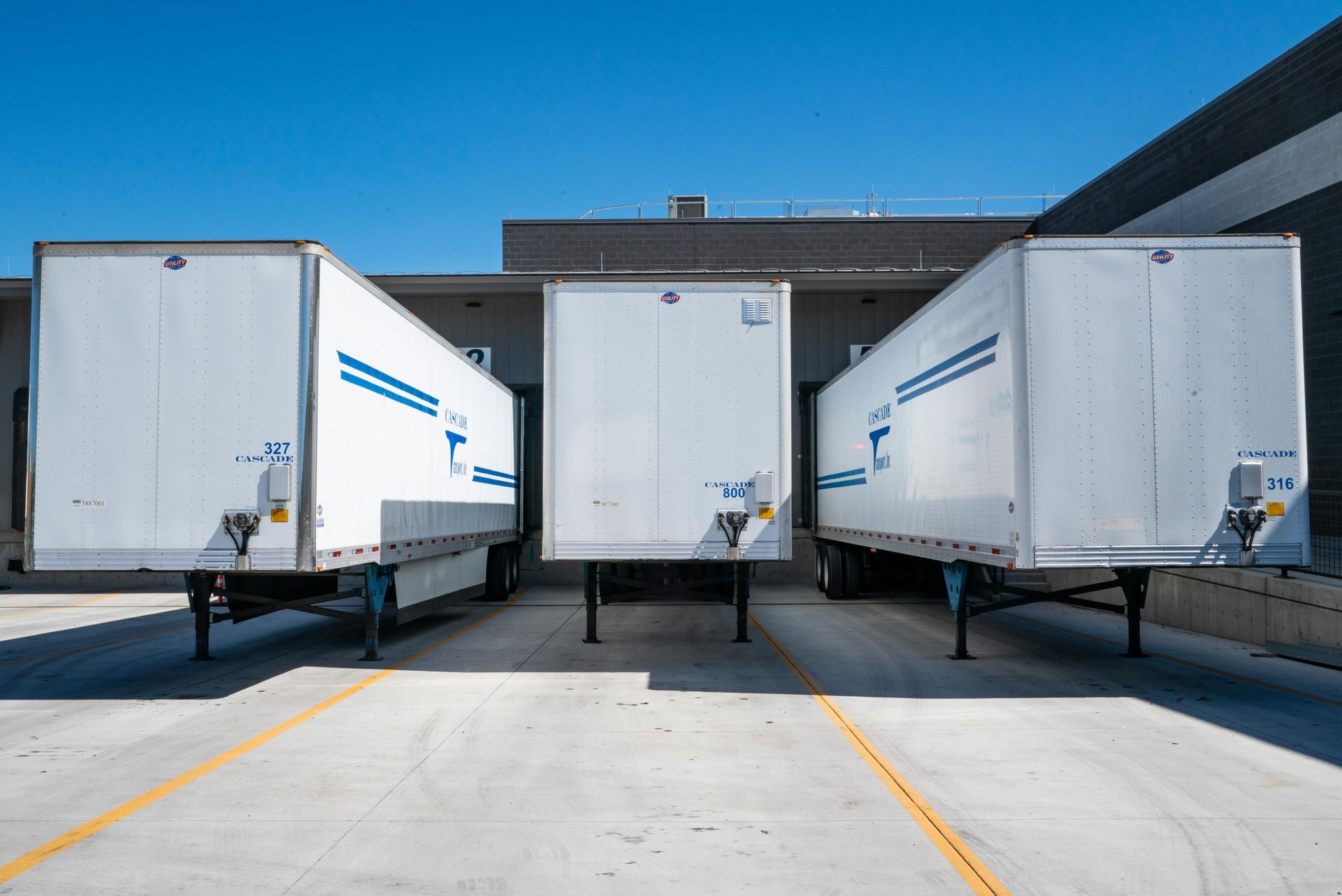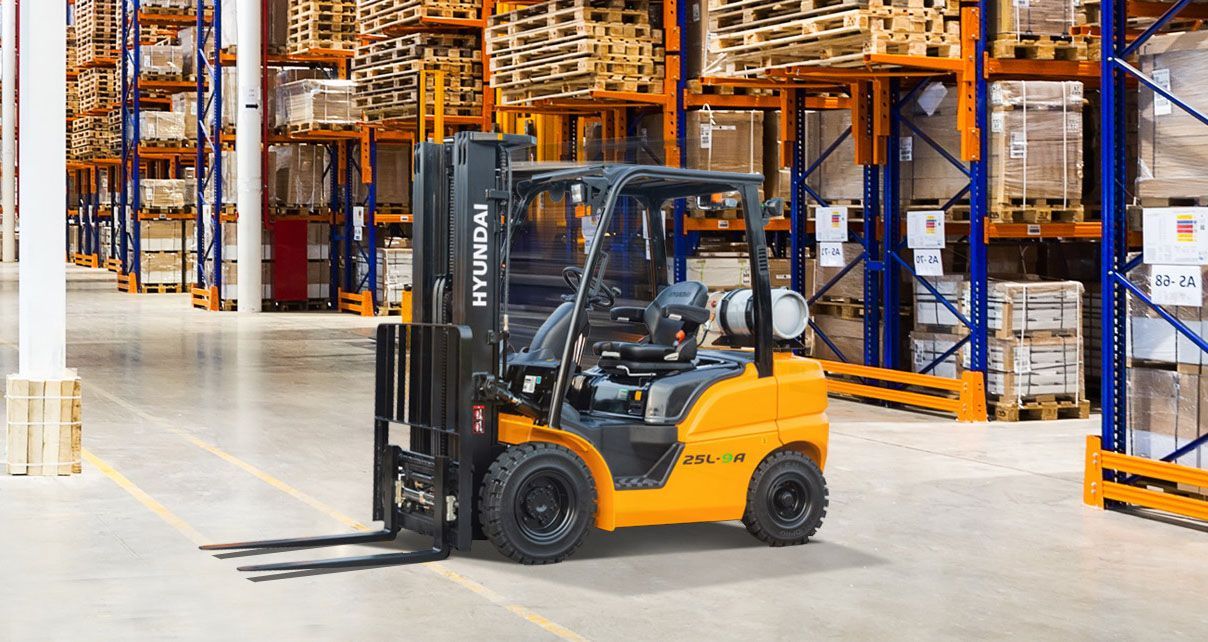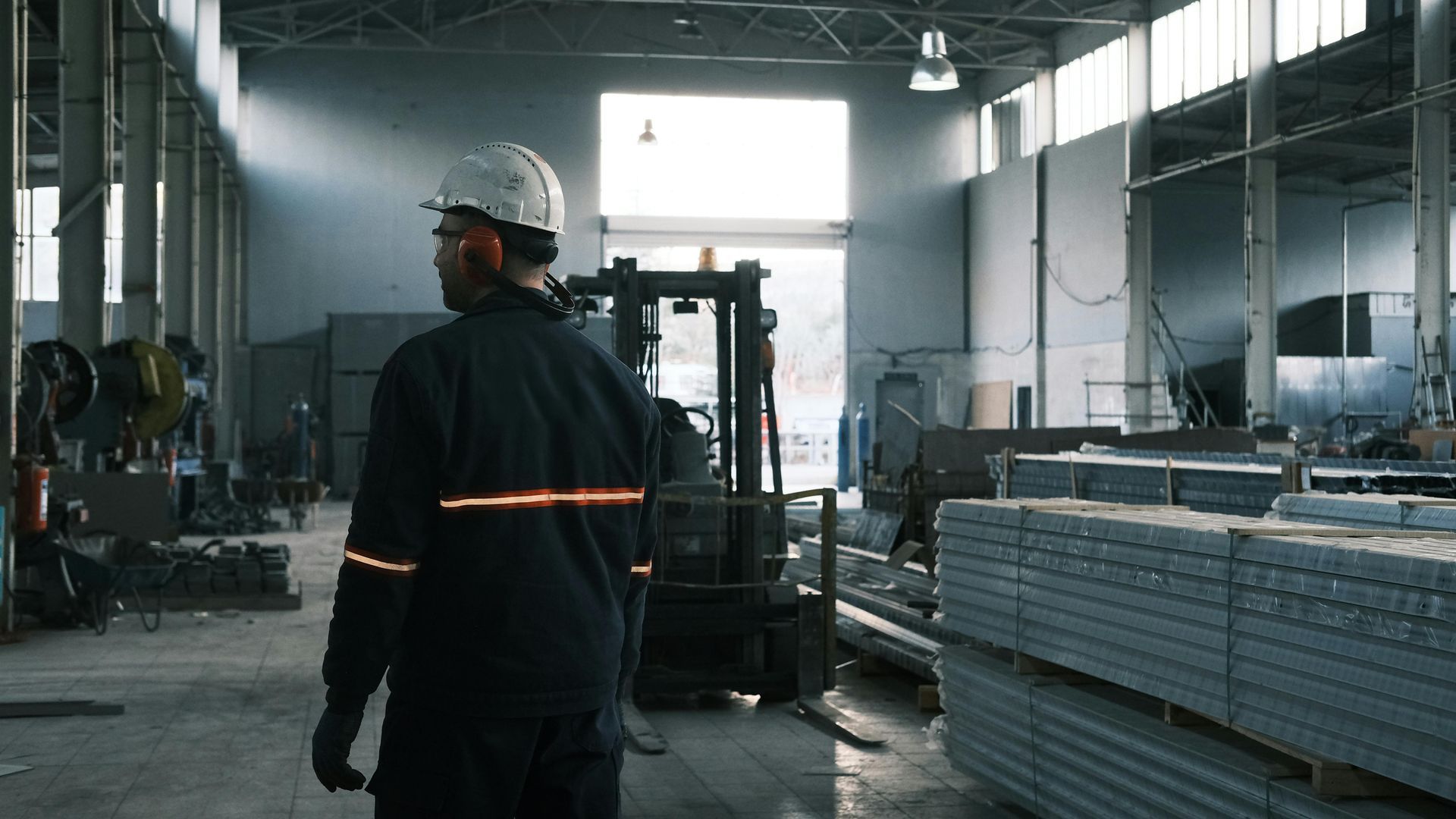Common Hazards in Your Warehouse (And How to Avoid Them)
Warehouses are the backbone of many industries, storing and distributing goods to keep the economy moving. However, behind the scenes of this logistical hub lurk various hazards that can pose severe risks to employees and property. Let's investigate some of the most common warehouse hazards and explore proactive mitigation strategies.
Slips/Trips/Falls
Slips, trips, and falls are among the most prevalent hazards in warehouse spaces. Spills, cluttered aisles, and uneven surfaces can easily lead to accidents if not adequately addressed.
To prevent such incidents, warehouses should prioritize proper housekeeping, including regular cleaning and maintenance of floors. Additionally, using signage to highlight potential hazards and ensuring adequate lighting throughout the facility can significantly reduce the risk of slips, trips, and falls.
Fires
Flammable materials and electrical equipment in warehouses make them susceptible to fires. Faulty wiring, improper storage of combustible materials, and lack of fire suppression systems can all contribute to the risk of fire outbreaks.
Implementing preventive measures such as regular equipment maintenance, proper storage protocols for flammable materials, and employee training on fire safety procedures are crucial in mitigating this hazard.
Harmful Substances
Warehouses often house various chemicals and hazardous substances, which can pose risks to employees' health if not handled properly. Exposure to harmful substances can lead to respiratory issues, skin irritation, and other serious health problems.
To mitigate this hazard, warehouses should properly store and label hazardous materials, provide employees with appropriate personal protective equipment (PPE), ensure adequate ventilation systems, and conduct regular training on safe handling procedures.
Falling Objects
With shelves stacked high with merchandise, falling objects present a significant hazard in warehouses. Poorly secured storage systems, improper stacking of items, and inadequate safety measures can all increase the risk of objects falling and causing injury.
Warehouses can minimize this risk by adequately securing shelves and storage systems, using barriers or guardrails to prevent objects from falling, and conducting regular inspections of overhead storage areas.
Overexertion
The physical demands of warehouse work can lead to overexertion injuries if employees lack adequate training or don't perform tasks ergonomically. Lifting heavy objects, repetitive motions, and working in awkward positions can all contribute to overexertion injuries such as strains and sprains.
To prevent such injuries, warehouses should provide comprehensive training on proper lifting techniques, encourage the use of mechanical aids such as forklifts and pallet jacks, and implement ergonomic workstations to reduce strain on employees' bodies.
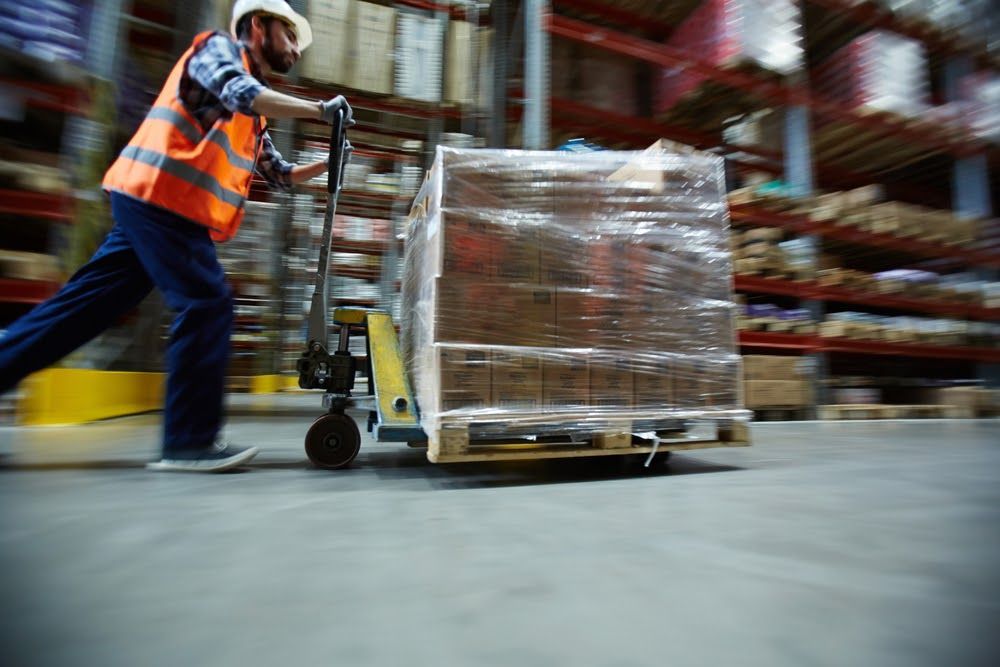
Forklift Accidents
Forklifts are indispensable in warehouse operations but pose significant risks if not operated safely. Accidents involving forklifts can result in serious injuries or even fatalities.
To minimize the risk of forklift accidents, warehouses should ensure that operators are adequately trained and certified, conduct regular maintenance checks on forklifts, establish clear traffic management protocols, and enforce strict adherence to speed limits and load capacities.
Manual Lifting
If not performed correctly, manual lifting tasks can put employees at risk of musculoskeletal injuries. Poor lifting techniques, lifting objects that are too heavy, and repetitive lifting can all contribute to injuries such as strains and sprains.
Warehouses can reduce the risk of manual lifting injuries by providing lifting equipment such as dollies and carts, training employees on proper lifting techniques, implementing team lifting protocols for heavy objects, and investing in automation to minimize the need for manual lifting.
Hazard Communication
Effective hazard communication is essential to ensuring the safety of warehouse employees. Clear labeling of hazardous materials, accessibility of safety data sheets (SDS), regular safety meetings, and encouraging employees to report hazards are all critical components of hazard communication in warehouses. By fostering a culture of awareness and transparency, warehouses can empower employees to identify and address potential risks before they escalate into accidents.
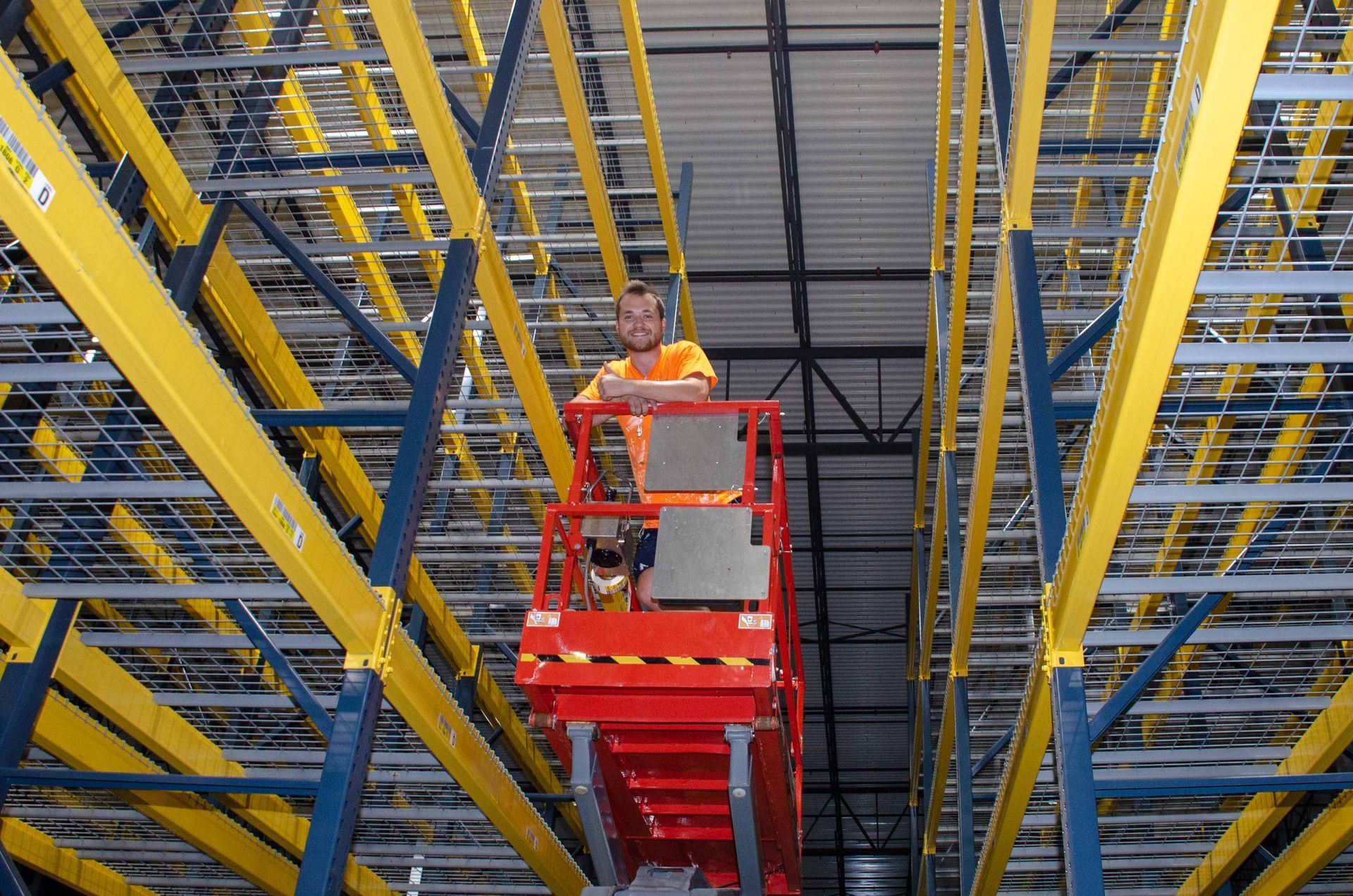
Work With Benco Industrial Equipment
Safety should always be a top priority in warehouse operations. By understanding the common hazards in warehouse spaces and implementing proactive preventive measures, warehouses can create a safer working environment for employees and minimize the risk of accidents and injuries.
Our Benco Industrial Equipment team offers personalized assistance and consultation to help you find the best solutions for your warehouse needs. Contact us today to explore our range of industrial equipment and services and take the first step toward improving your warehouse operations.


